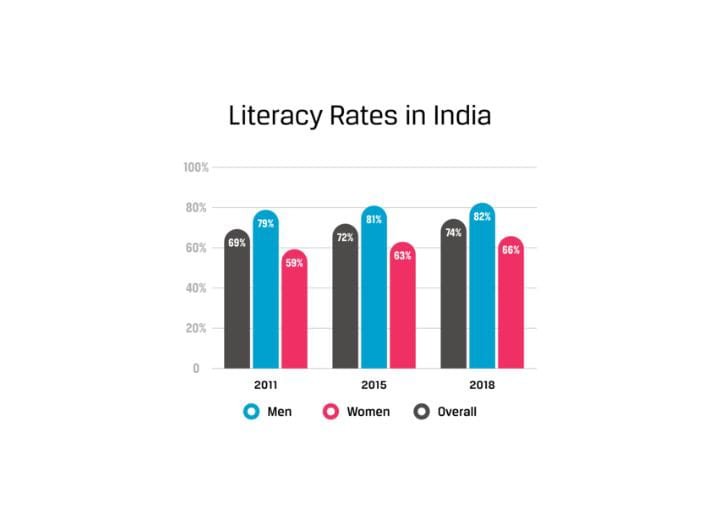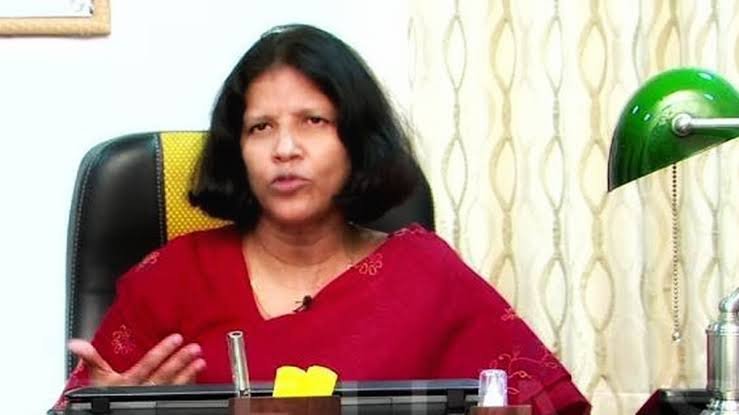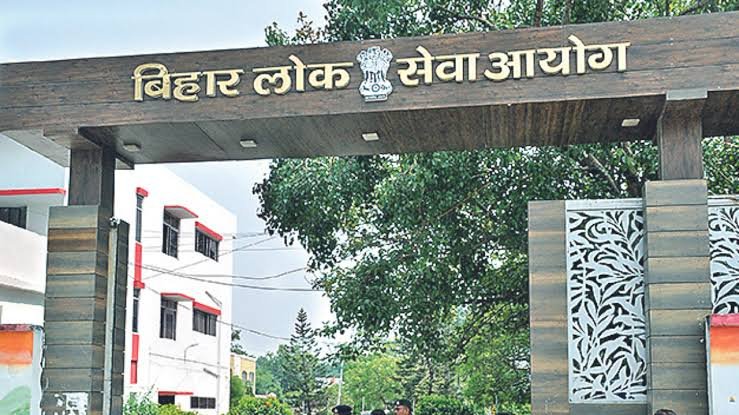By: Nisar Rashid (J&K)
In India, access to education remains a major concern, with gender inequities influencing educational attainment. Despite recent advances, strongly embedded societal conventions and gender prejudices continue to impact parental decisions about their children’s education, particularly for girls. This article addresses the intricate interplay of factors that contribute to gender-based educational hurdles in India, as well as the impact of parental attitudes on girls’ educational possibilities.

Historical and Cultural Context
To understand the current landscape of gender bias in education, it is essential to consider India’s historical and cultural context. Traditionally, girls’ education was often viewed as less important than boys’, with societal expectations prioritizing marriage and domestic responsibilities for women. While attitudes have evolved, remnants of these cultural norms persist, especially in rural and economically disadvantaged areas.
Factors Influencing Parental Decision-Making
Several key factors contribute to gender bias in parental decision-making regarding education:
1.Economic constraints: In resource-limited households, parents may prioritize boys’ education, viewing it as a more secure investment for the family’s future.
2.Safety concerns: Fear for girls’ safety, particularly during travel to and from school, can discourage parents from sending their daughters to educational institutions.
3.Early marriage practices: The prevalence of child marriage in some communities leads to girls being withdrawn from school at a young age.
4.Domestic responsibilities: Girls are often expected to contribute to household chores, limiting their time and energy for education.
5.Lack of role models: In communities where few women have pursued higher education, parents may struggle to envision alternative futures for their daughters.

Impact on Educational Outcomes
The consequences of gender-biased decision-making are far-reaching:-
Lower enrollment rates: Girls continue to be underrepresented in schools, particularly at higher levels of education.
Higher dropout rates: Girls are more likely to discontinue their education prematurely due to various social and economic pressures.
Limited career prospects: Reduced educational opportunities translate to fewer professional options for women, perpetuating cycles of economic dependence.
Addressing the Challenge
Efforts to combat gender bias in education require a multifaceted approach:
1.Awareness campaigns: Educating parents about the long-term benefits of girls’ education for families and communities.
2.Policy interventions: Implementing and enforcing laws that promote gender equality in education, such as compulsory education for all children.
3.Economic incentives: Providing financial support to families who keep their daughters in school, reducing the economic burden of education.
4.Improving infrastructure: Ensuring safe transportation and sanitation facilities in schools to address safety concerns.
5.Community engagement: Involving local leaders and role models to challenge traditional gender norms and promote girls’ education.
6.Quality education: Enhancing the overall quality of education to demonstrate its value to skeptical parents.
Success Stories and Role Models
Despite the challenges, there are inspiring success stories of girls who have overcome barriers to achieve educational and professional success. These stories serve as powerful examples for communities and can help shift perceptions about the value of girls’ education.
The Economic Argument
Investing in girls’ education has been shown to have significant economic benefits for families and communities. Educated women are more likely to enter the workforce, earn higher incomes, and reinvest in their families’ health and education.
Overcoming gender bias in parental decision-making regarding education is crucial for achieving equitable access to education in India. While progress has been made, continued efforts are needed to challenge deeply rooted cultural norms and provide equal opportunities for all children, regardless of gender. By addressing the complex factors influencing parental choices, India can work towards a future where every child’s potential is recognized and nurtured through education.As we move forward, it is essential to recognize that change begins at home. By empowering parents with knowledge, resources, and support, we can create a ripple effect that transforms communities and ultimately, the nation. The journey towards educational equality is long, but with persistent efforts and a commitment to challenging biases, a brighter, more equitable future for India’s children is within reach.



